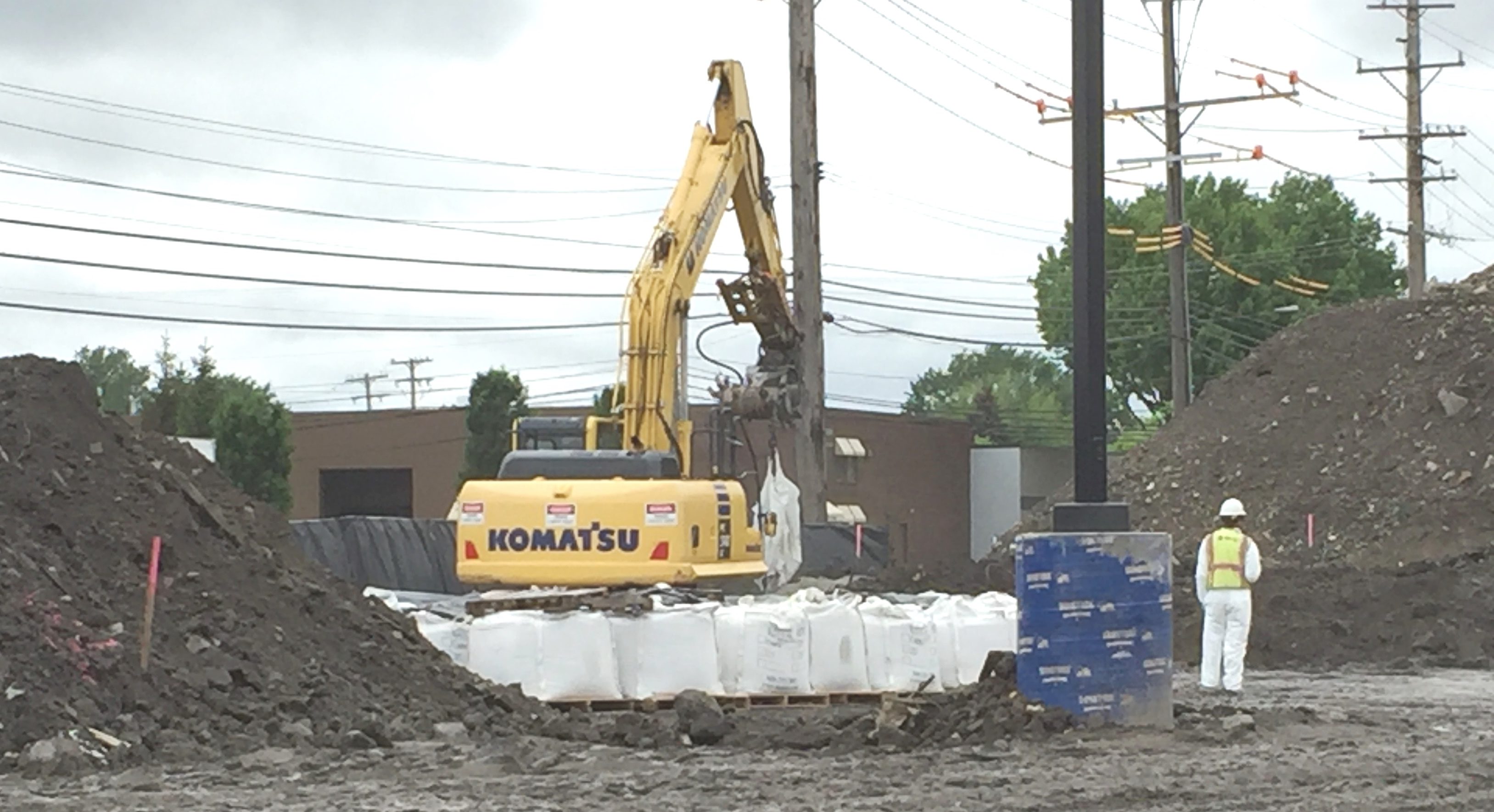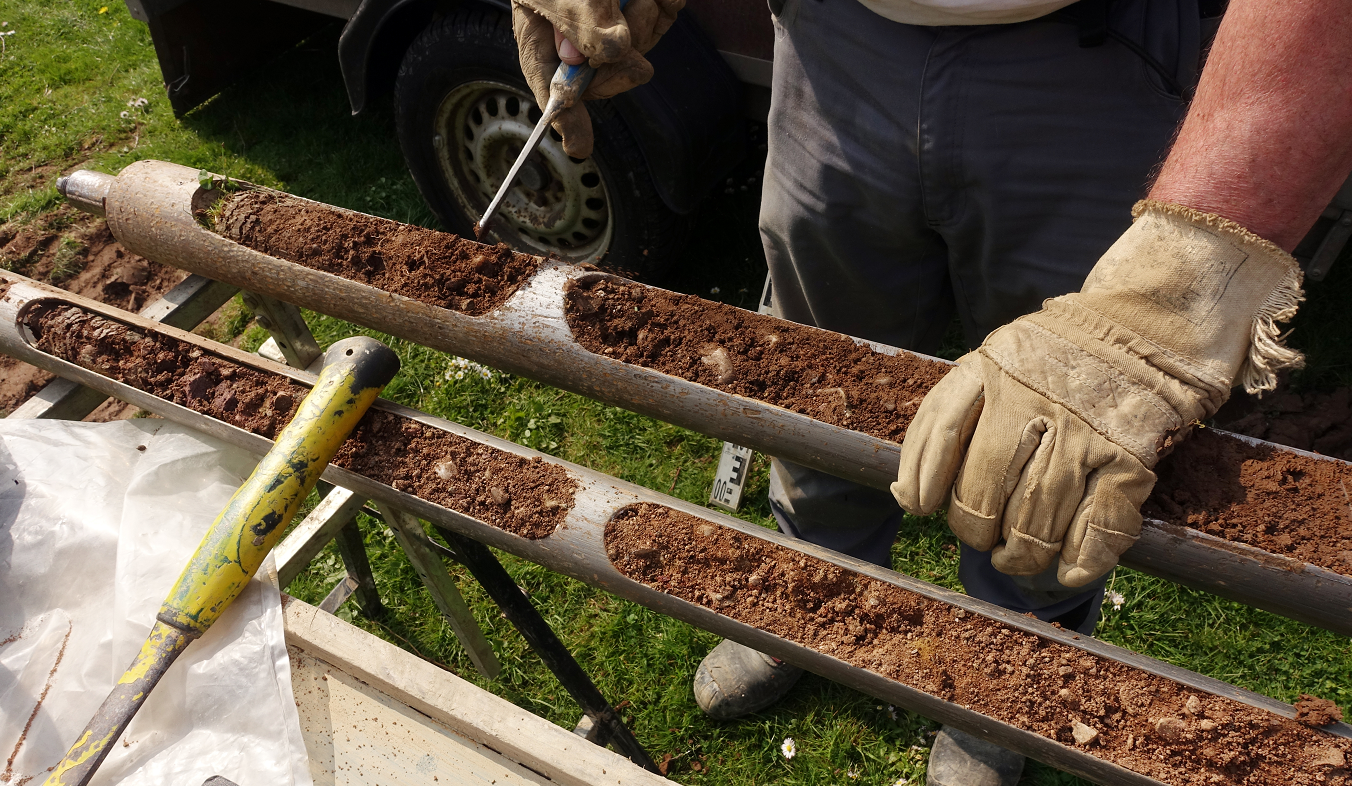
Testing and Monitoring Heavy Metal Levels in Soil: Essential Steps for Safety
Soil contamination by heavy metals is a critical environmental and public health issue that affects ecosystems, agriculture, and human health worldwide. Heavy metals like lead, cadmium, arsenic, mercury, and chromium can accumulate in the soil, posing serious risks when they enter the food chain or contaminate water supplies. Testing and monitoring these contaminants in soil are essential steps for identifying potential risks, ensuring public safety, and taking timely remediation actions.
Why Test for Heavy Metals in Soil?
Heavy metals persist in soil and do not degrade over time, unlike organic pollutants. They can accumulate to dangerous levels, especially in areas close to industrial sites, mining areas, landfills, and high-traffic roads. Testing for heavy metals in soil is vital for the following reasons:
Protection of Human Health: Heavy metals pose health risks through soil ingestion, inhalation of dust, and consumption of contaminated crops. Lead, for example, is particularly harmful to children, impacting cognitive development and leading to other severe health issues.
Environmental Safety: High levels of metals like cadmium and mercury can disrupt soil ecosystems, harming plant growth and reducing biodiversity.
Agricultural Productivity: Contaminated soil impacts crop quality, reducing yields and making produce unsafe for consumption. Ensuring soil health is crucial for sustainable agriculture.
Steps for Testing Heavy Metal Levels in Soil
Define Testing Objectives
Before beginning soil testing, it’s essential to set clear objectives. Define whether the testing is for general safety, agricultural use, or compliance with regulatory standards. This will help in selecting the proper testing protocols and sampling locations.
Choose the Sampling Locations Carefully
The selection of sample sites depends on the contamination source and land use. For example, in agricultural fields, it’s crucial to sample areas where crops are grown, while near industrial sites, testing around drainage points or downwind areas can be more revealing.
Determine Sampling Depth and Frequency
Sampling depth often varies depending on the metal and the soil type. Generally, a depth of 15-30 cm (6-12 inches) is standard for agricultural land, while in urban or industrial settings, deeper samples may be required. Regular testing, ideally on an annual or biennial basis, is recommended for areas prone to contamination.
Collect and Prepare Soil Samples
Use clean tools (e.g., stainless steel shovel, auger) to collect soil samples to prevent contamination. Collect samples from multiple points within the area and mix them to form a composite sample for accuracy. Store the samples in clean, labeled containers, preferably plastic bags, and keep them in a cool place until tested.
Select an Accredited Laboratory for Analysis
Send soil samples to a certified laboratory experienced in heavy metal analysis. These labs typically use methods like TCLP or X-Ray Fluorescence (XRF) to detect and measure metal concentrations accurately.
Interpret the Results Against Established Guidelines
Test results should be compared to established safety standards, such as those set by the Environmental Protection Agency (EPA) or other relevant local regulations. Understanding the permissible limits of different metals is essential for interpreting test results and assessing risks.
Responding to Elevated Heavy Metal Levels in Soil
If soil tests reveal heavy metal concentrations above permissible levels, consider the following steps:
Communicate Findings: Transparency is vital. Share findings with stakeholders, including local authorities, residents, or land users, to ensure everyone is informed and proactive steps can be taken.
Identify and Mitigate the Source: Determine if there is an active source of contamination (e.g., industrial discharge, traffic emissions) and take action to eliminate or reduce it.
Remediation: Based on the contamination level and the site’s use, choose an appropriate remediation method, such Blastox 215.
Conclusion
Testing and monitoring heavy metal levels in soil are essential steps for environmental safety, agricultural health, and public well-being. By following best practices for soil sampling, choosing appropriate testing methods, and establishing a consistent monitoring schedule, we can protect our communities and ecosystems from the dangers of heavy metal contamination. Whether you’re an environmental consultant, a farmer, or a land developer, these steps will empower you to make informed decisions and foster safer, healthier soil management practices.




